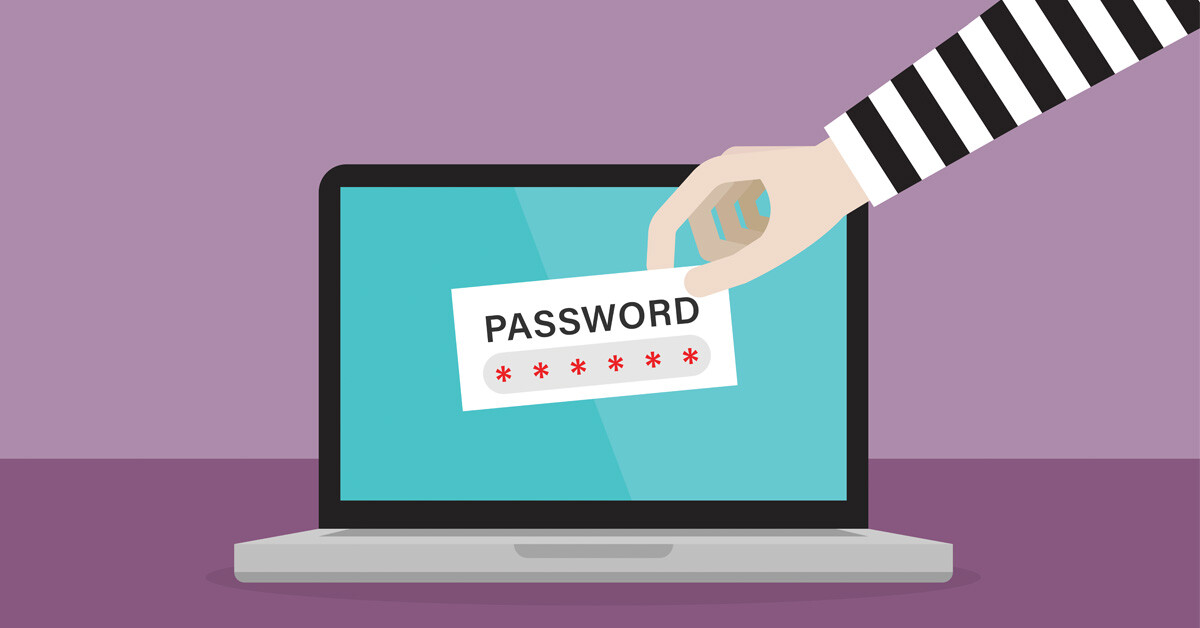Industries We Serve
World Class IT Support & Service
Real People. Right Now.
About Locknet® IT Services
From the first hello, the Locknet® team is dedicated to serving you and your needs.
Real People. Right Now.
From the first hello, the Locknet® team is dedicated to serving you and your needs.


A brute force attack is like a classic rock album—it may seem old school, but people still love it because it works. What is a brute force attack? It's a trial-and-error approach to hacking that allows cybercriminals to essentially guess your credentials and force their way into your accounts. Brute force hacking is still popular because, in spite of how savvy many internet users have become, there are still some weaknesses that hackers can exploit. And getting access to your accounts may be easier than you think. In fact, some automated tools and technology allow hackers to crack your passwords in as little as a few seconds by identifying weak passwords and running password dictionaries against them. That's terrifying.
Why do hackers use brute force attacks? The payoff can be great. From placing spam ads and malware to rerouting web traffic for ad commissions, placing spyware on your technology, selling your data, and stealing money or your identity there is much to gain through brute force hacking. But there is good news. Regardless of the continued effectiveness and prevalence of this cyberattack, you don't have to be a victim. The experts at Locknet® Managed IT have put together some specifics for how you can avoid a brute force attack.
There are loads of strategies and tactics for protecting yourself from a brute force attack. Here are five steps we recommend for protecting your valuable login credentials, network, and data.
1. Create strong credentials. Weak passwords are like an unlocked safe: they're easy to crack. The stronger your passwords, the tougher the time hackers will have when trying to gain access.
2. Get rid of unused accounts at your business, especially those with special permissions. That VP who left quickly but still has an account at your organization? That represents a potential vulnerability. Ferret out those unused accounts and shut them down.
3. Use two-factor authentication. Two-factor authentication offers an extra step of protection between you and a brute force attack. It requires both login credentials and a second step, such as a fingerprint scan, special code issued through a second device, or a USB key.
4. Limit logins. Hackers may keep trying passwords in fast succession. By slowing efforts by requiring account locking after repeated failed attempts and requiring the user to contact IT, you can thwart a brute force hacking attempt. You may also wish to require Captcha between repeated login attempts.
5. Train users regularly. Even if you have the best front and back-end protection, users still represent your organization's weakest link in security. If it's time to brush up on your security know-how and you're ready to train your staff, we can help. Contact us for more information about the security training options we can custom-create for you.
Brute force attacks are common, but they don't have to slow down the speed of your business. By having the right policies, procedures, and security solutions in place, you can protect your network. If it's time to improve your security game, we can help. Ready to take the next step? Contact us for more information about how we can support your network security needs and help protect your business from brute force attacks.
Cybersecurity

Onalaska, WI Waterloo, IA Wausau, WI Eau Claire, WI Burnsville, MN
You are now leaving locknetmanagedit.com. Please check the privacy policy of the site you are visiting.